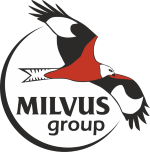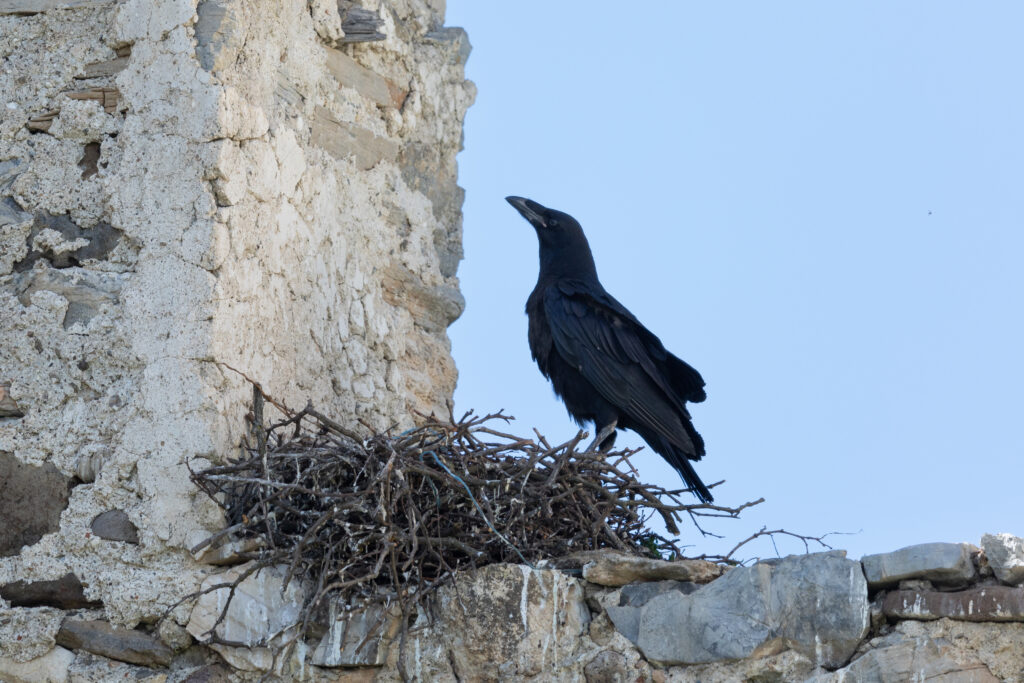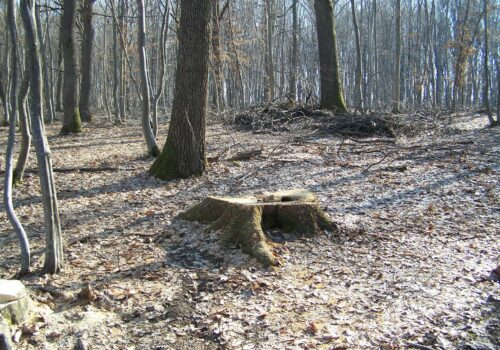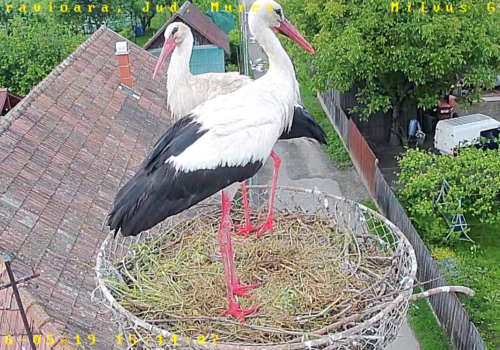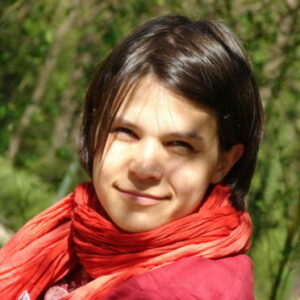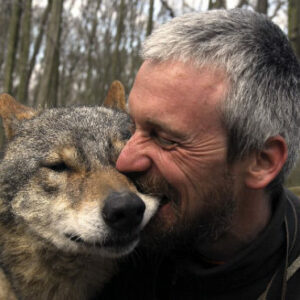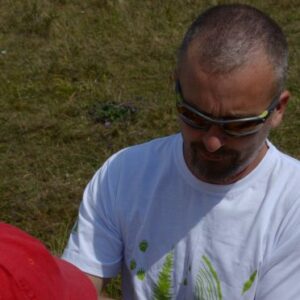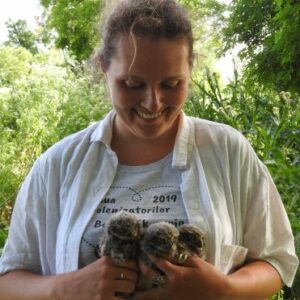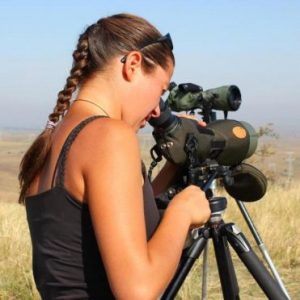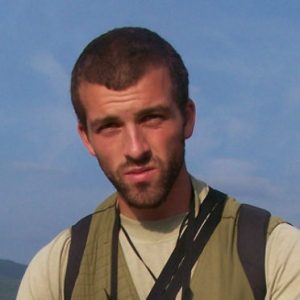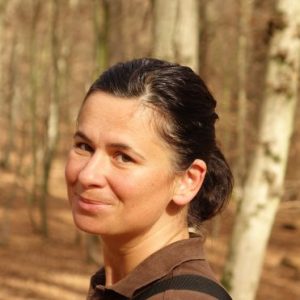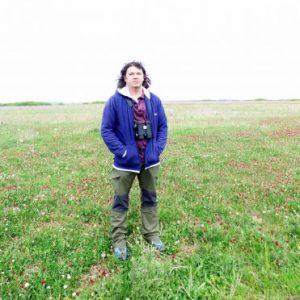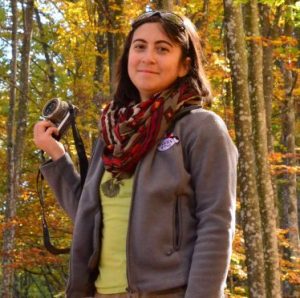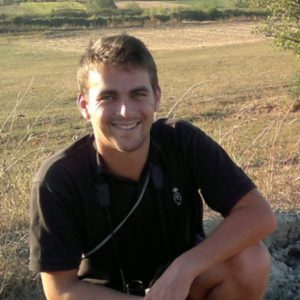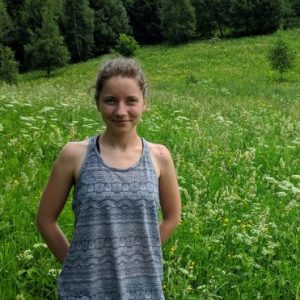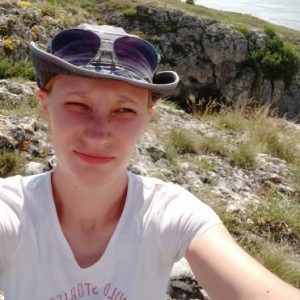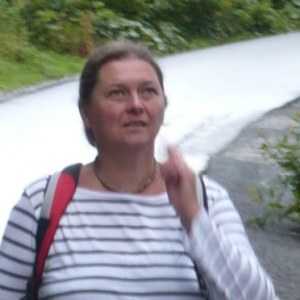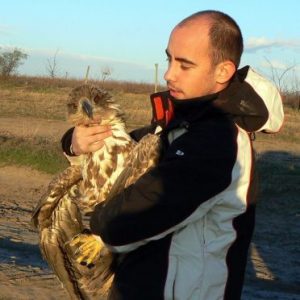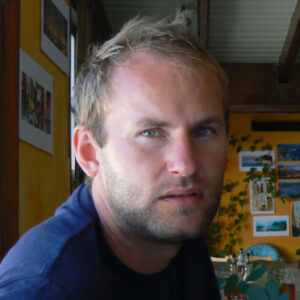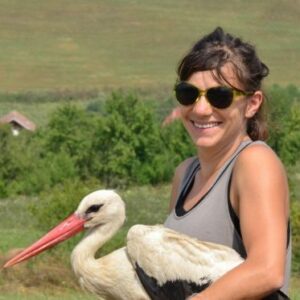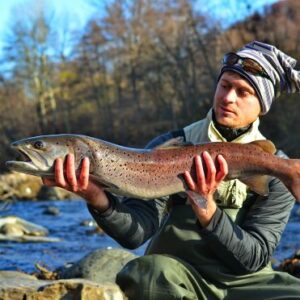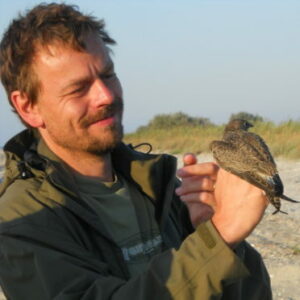After the positive experiences with creating the breeding bird atlases in the cities of Târgu Mureș and Odorheiu Secuiesc, this year we are preparing to start work on the Brașov Bird Atlas.
Although we already have a core group of observers ready to begin observations, we aim to cover as much of the area as possible. For this purpose, we are looking for enthusiastic volunteers and good connoisseurs of common bird species, who are willing to get involved in collecting data from the field. If you see yourself in this description and would like to take part in Târgu Mureș or Odorheiu Secuiesc, contact Papp Edgár at edgar.papp@milvus.ro, and to participate in Brașov, get in touch with Alina Ioniță at the email address conservarea.naturii.ro@gmail.com.
What participation involves:
The city area is divided into 500 x 500 square metres, which observers will walk through entirely, twice per season, during the early morning hours, to collect data on the presence of bird species. All individuals of all species identified both visually and by sound will be recorded as you move through the square. You will need to allocate one hour for each square.
Each observer can choose their square(s) depending on their location and which area is most accessible for them.
Since we aim to cover as much of the city area as possible, it would be ideal – though not compulsory – for each observer to survey as many squares as possible.
The two field visits must take place during the following periods:
- 10 April – 15 May for the first visit (to observe territorial behaviours of species already nesting);
- 16 May – 15 June for the second visit.
Observations begin at sunrise and continue until 10:00 a.m.
Data will be uploaded using the OpenBioMaps data forms app (on Android) / OpenBioMaps (on iOS), via a dedicated form you’ll receive access to later.
Important: The iPhone app is still in testing and sometimes doesn’t work properly. If possible, we recommend using an Android device. If not, please check in advance whether the app is working correctly and if you can record observations.
The required equipment includes a mobile phone (with the mentioned apps installed) and a quality pair of binoculars that allows accurate species identification.
